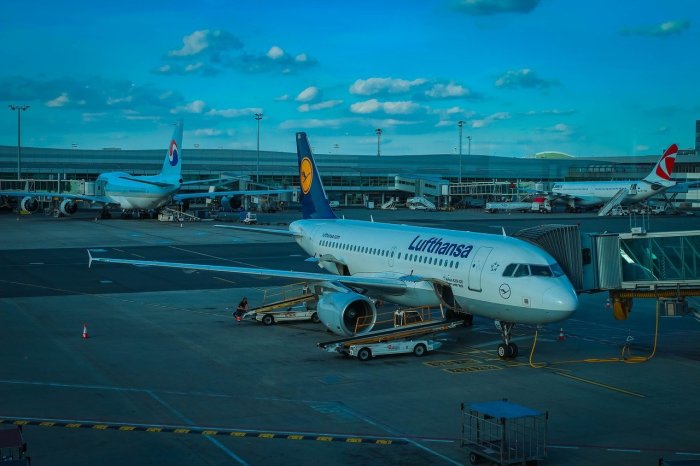WSi News2021-02-15 15:00:04
The Czech Border Police awarded the first and main part of their European Entry/Exit System (EES) implementation to VÍTKOVICE IT SOLUTIONS a.s. and secunet Security Networks AG
As a result border control technology from secunet will help keeping the border control experience at Czech international airports fast, easy and secure after the introduction of the EES.
While the pandemic vastly impacted the travel sector, border authorities will need to be capable of handling increasing passenger numbers once life goes back to normal. Furthermore, authorities need to comply with new border control requirements for the EES including performing biometric enrolment of Third Country Nationals (TCN). At the same time, the number of TCN increases due to Brexit as UK travellers, which make up a large percentage of travellers at Prague airport, must now also be treated as TCN. Therefore, countries are seeking automated solutions for the high-quality capture of biometrics to enhance their stationary border control.
secunet, as a subcontractor to Vítkovice, will deliver such automated solutions for the manual border control (MBC) booth at various Czech airports including Václav Havel Airport in Prague. 58 secunet easykiosks will allow self-service pre-registration of TCN, thus speeding up processes at the MBC booth. 94 secunet easytowers will enable high-quality facial image acquisition.
In addition to the hardware, the EES application will be integrated with the existing manual border control system. This software visualises the process and helps the border guards to monitor data capture, verification and background checks.
secunet will also deliver a central server component, secunet easyserver, which coordinates the various border control components and directly communicates with the EU’s central EES system.
Maintenance and support will be provided by prime contractor Vítkovice which will also deliver hardware peripherals for the MBC.
The next important milestone is a compliance test conducted by eu-LISA in October 2021. The rollout of all components is planned for the end of 2021. The Czech EES system implementation will be completed well before the EU’s deadline, which is currently April 2022.
After the introduction of the EES, TCN will be required to register with four fingerprints and a facial image when they enter the Schengen area via land, sea or air borders. This biometric data will be stored in the central EES, together with the identity data and other information taken from the travel document, to create an individual file for each traveller. Each time the traveller enters or exits the Schengen area, this data is verified against actually captured biometrics and data from the travel document and recorded in their individual EES file with the digitally stored information replacing the previous manual stamping procedure for passports.
For more information contact:
